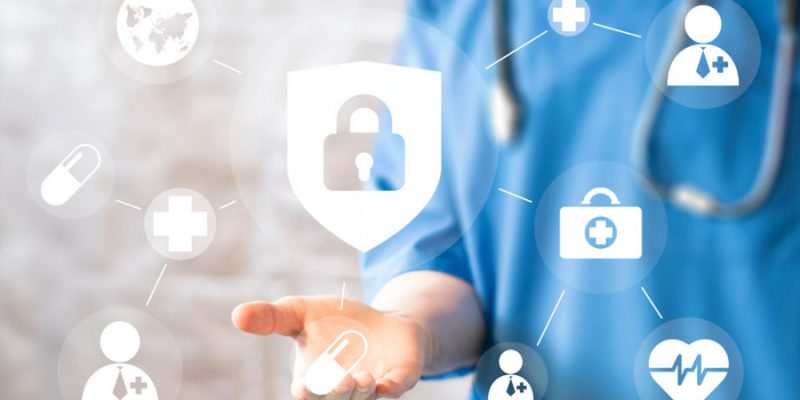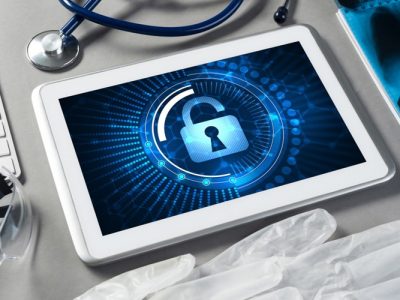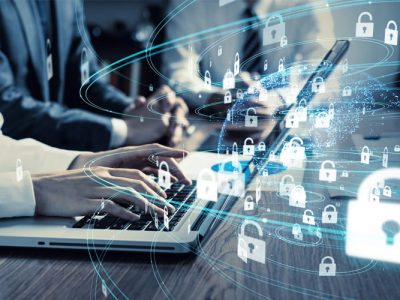
10 tips to upgrade healthcare cybersecurity measures and protect them from Healthcare Cyberattacks
The Healthcare industry is extraordinarily prone to cybersecurity threats as loads of valuable information is present in healthcare data. Cybercriminals contemplate benefits from healthcare cyberattacks in terms of money laundering and blackmailing. The vulnerability of healthcare cybersecurity does not end here due to the extension of access to countless devices and software they often tend to crash and catch malware interventions. Besides, mismanagement and intentional troubles caused by internal employees also cause that prompt improved cybersecurity measures.
Schedule Cybersecurity Discipline
Management of an organization should ensure regular training based on cybersecurity programs and updated healthcare cyberattacks in order to create awareness. Supervisors must follow a stipulated norm to judge the employees on their performance. Again this must be monitored and managed by the extreme authority. Values and ethics must be formulated stringently and followed. To make patients feel safe about their data being in the right hands, a chain of cultures that assures transparency is a must.
Software Management
It is crucial to uninstall redundant software and applications. Before downloading or installing software, the terms, conditions, and purposes must be gone through thoroughly consider the EHR policy compliance of the software to avoid any irrevocable mistakes. Standard-setting must not comply with a critical observation of the default permissions are to be done. Lastly, it is crucial to curtailing the vendors’ access to a particular software for push notifications on realizing that they would be able to acquire open access to the organization’s data. Operations and maintenance must be in a place like regular updates and optimizing employee access.
Upkeeping IoT and Mobile Devices
More than stationary devices, mobile devices are at risk of healthcare cyberattacks. Mobile devices are susceptible to the eyesight of others who may not be trusted individuals, and other users mandate them to be used in public spheres away from confidential places. Thus, it is essential to ensure that the centralized EHRs and other healthcare data stored and accessed by these devices are not mismanaged. Also, electromagnetic interferences are very easy over mobile devices.
Firewall Inclusion
Computer protection applications must include a firewall to limit the crawling of hackers into the system for data. Healthcare cybersecurity is a critical subject for an organization, and preventing it from being endangered is the main objective thus firewalls are tremendously applied to healthcare devices. Any web-based use should be accompanied by a firewall that can destroy the malicious attacks.
Significance Of Password
Following strict guidelines owing to password settings must be followed along with a practice to change passwords in usual intervals. The password serves as the entry point for cybersecurity protection and the first gate of defense. A complicated password is possibly going to confuse the cybercriminal and exhaust them from trying endlessly.
Expect The Unexpected
Natural and man-made calamities may occur at any time and jeopardize valuable data. It becomes impossible to restore records and vital assets in such scenarios. Thus, keeping regular backup and a robust recovery plan is necessary. On a routine basis, using cloud computing synchronizations is recommended. Therefore, regular backup discipline is crucial.
Network Optimisation
One must operate the wireless router on which a healthcare organization depends for the network in an encrypted mode. Besides authenticating the user’s access, the signal reach should also be controlled so that it does not show up to distant locations which are redundant and could be threatened if unauthorized access is drawn. Therefore, only those who are in the organization should only be limited to this access.
Upgrading Anti-Virus Software
Healthcare cyberattacks start with the intrusion of a virus followed by exploitation of the passwords and authentication codes. An Anti-virus is highly likely to have flaws that remain unidentified thus, risks rise. Various other disturbances occur with an Anti-virus such as stopping functioning, creating problems in starting up the computer, unwanted advertisement, crawling down to unwanted web pages. These are the issues that need to be taken care of while in operation.
Accessibility Control
Not everyone in the healthcare industry is entitled to know about the data recorded every day. Only the people or the staff who need to know or require them for further developments or welfare of the people must be allowed to access EHRs. Thus leveraging access control to permission seeking is crucial to visualize a healthy healthcare cybersecurity future.
Restricting Physical Access
Besides network, software, and data, devices dedicated to healthcare operations are crucial for privacy and protection. Other than the people using the particular device, they must be prevented from surfing into them as a precautionary measure. This is because most of the healthcare cyberattacks are wielded through the internal devices themselves. One must diligently secure devices, portable storage media, and other hardware from any loss.



















